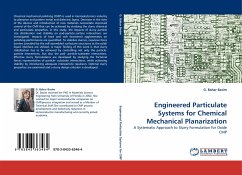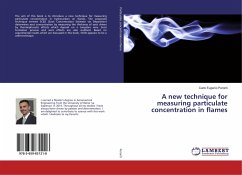Chemical mechanical polishing (CMP) is used in microelectronics industry to planarize and pattern metal and dielectric layers. Decrease in the sizes of the devices and introduction of new materials necessitate improved control of the CMP that can be achieved by studying the slurry chemical and particulate properties. In this study, the impacts of slurry particle size distribution and stability on pad-particle-surface interactions are investigated. Impacts of hard and soft (transient) agglomerates on polishing performance are quantified. To stabilize slurries, repulsive force barriers provided by the self-assembled surfactant structures at the solid/liquid interface are utilized. A major finding of this work is that slurry stabilization has to be achieved by controlling not only the particle-particle interactions, but also the pad- particle-substrate interactions. Effective slurry formulations are developed by studying the frictional forces representative of particle- substrate interactions, while achieving stability by introducing adequate interparticle repulsion. Optimal slurry properties are examined and a slurry design criterion is developed.








